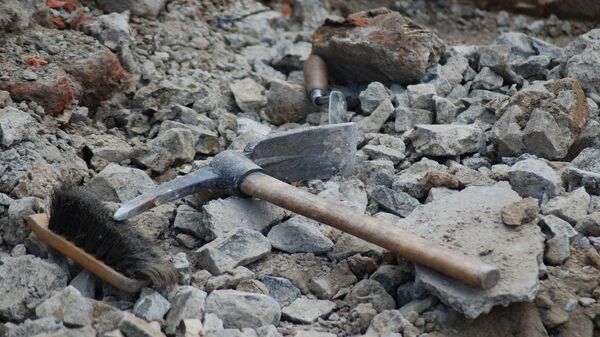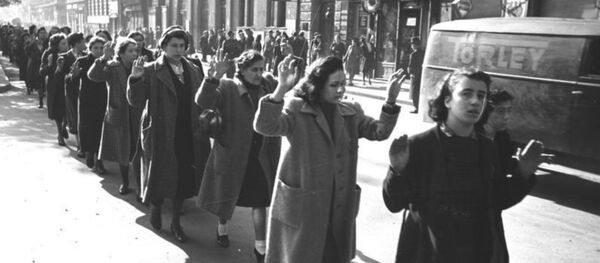The inscription, which dates back to the Second Temple period between 516 BCE and 70 CE, was discovered 10 months ago by workers digging near the International Convention Center in Jerusalem. The limestone drum was presented by the Israel Antiquities Authority and the Israel Museum at a news conference Tuesday.
The inscription on the column, which was part of a building in a Jewish village, reads, "Hananiah son of Dodalos of Jerusalem." In Hebrew, Jerusalem is typically always been referred to as Shalem or Yerushalem.
— Ancient History Encyclopedia (@ahencyclopedia) October 9, 2018
"It is likely that he [Hananiah] was an artisan or the son of an artisan," Dudy Mevorach, Chief Curator of Archaeology at the Israel Museum, told the Jerusalem Post Tuesday.
"As a resident of Jerusalem, I am extremely excited to read this inscription, written 2,000 years ago, especially when I think that this inscription will be accessible to every child that can read and uses the same script used two millennia ago," Israel Museum Director Ido Bruno told UPI Tuesday.
The only earlier reference to the word "Jerusalem" was found on silver coins dating before the time of the column — but the words on the coins were written in Aramaic.
"First and Second Temple period inscriptions mentioning Jerusalem are quite rare," Yuval Baruch, regional archaeologist of the Israel Antiquities Authority, told UPI Tuesday.
"But even more unique is the complete spelling of the name as we know it today, which usually appears in the shorthand version," Baruch added.


